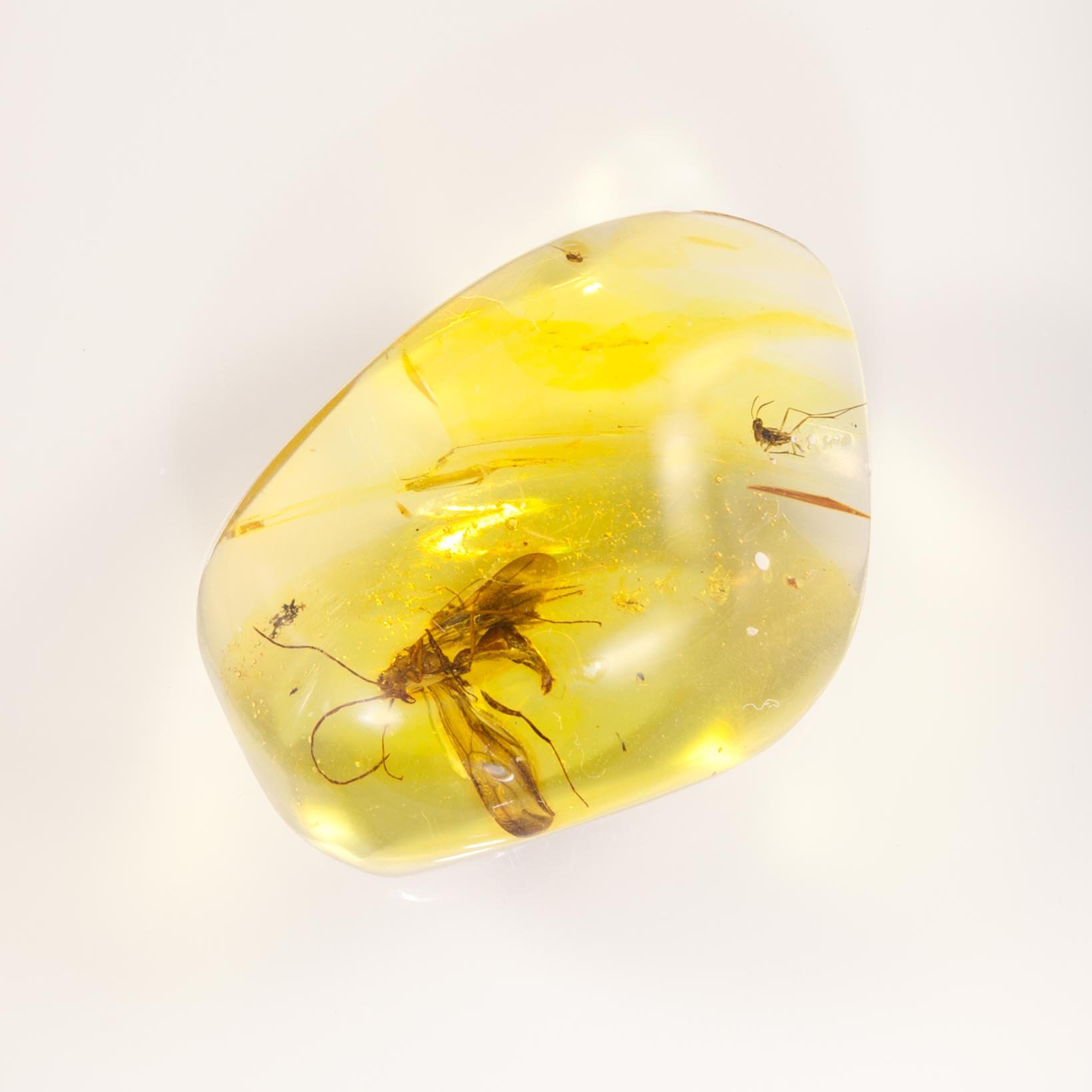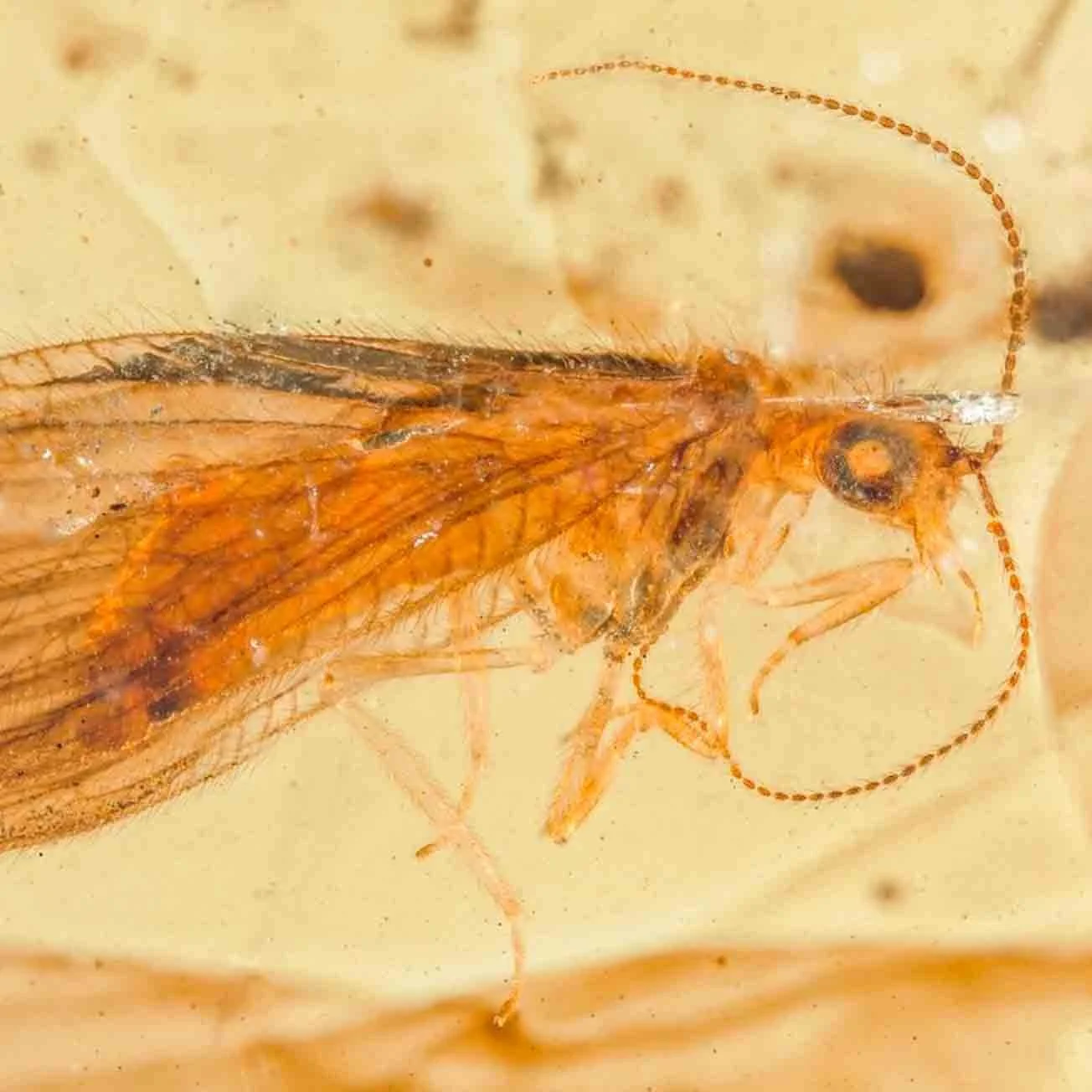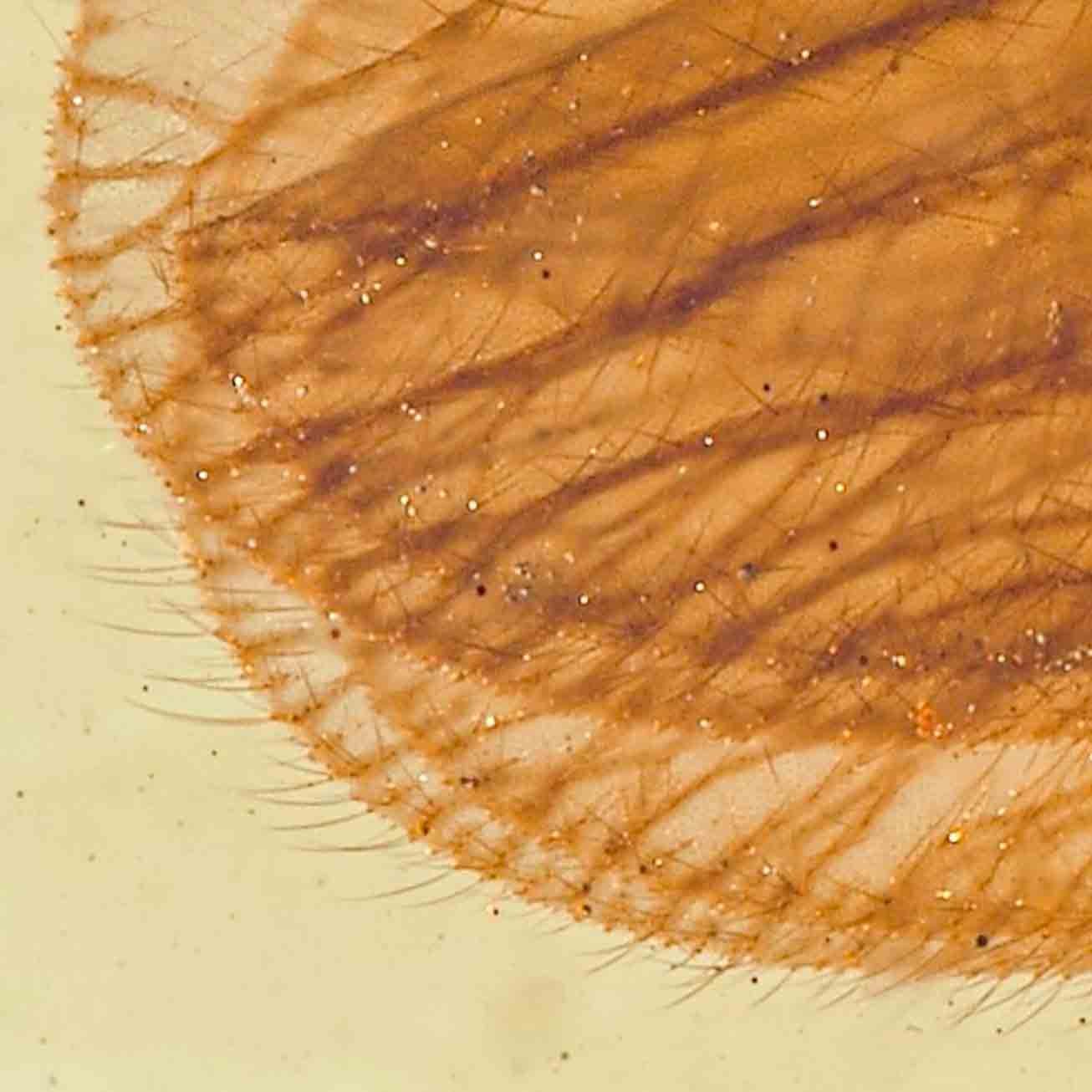Additional Information
Ants are first seen in the fossil record, during the mid cretaceous, in 95+ m.y.o. amber from Myanmar. They are thought to have evolved from stinging wasps and share characteristics with them that are not seen in extant ant species.
Ants represented about 1% of all insects in the Cretaceous Period. By the time the Miocene Period had arrived, ants represented about 40% of all insects found in the fossil record. Most colonies include both male and female winged ants. They are usually present in large numbers at certain times of the year when they leave the colony to start a new nest. They mate on the wing, after which the female will lose her wings. The male will live a relatively solitary life after mating and will likely live another few months, his work having been completed.Plant and ant evolution are closely linked. Ants are thought to have helped defend the plants from attack, while the plants provided food for the ants. Plants responded by evolving ant friendly characteristics. The first flowering plants (angiosperms) seem to have evolved during the Lower Cretaceous Period and evolved in parallel with Gymnosperms. It is not known from which plants the first angiosperms evolved. Their proliferation and diversification seems to have favored ant diversification.
Dominican Republic amber is very transparent and is known for the number of high quality inclusions it contains.
There are two main sites that yield amber in the Dominican Republic; Santiago de los Caballeros, in the north, and Santo Domingo, in the east. In the northern area, the amber-bearing unit is the upper part of the La Taco Formation, comprising a suite of clastic rocks. This unit is composed of sandstone with occasional conglomerates that accumulated in a deltaic to deep-water environment. Individual thick, coarse beds are at the base of the formation. These beds grade into the sandstone, which contains the amber, in parallel lamination with occasional ripple marks preserved on the surfaces.














































